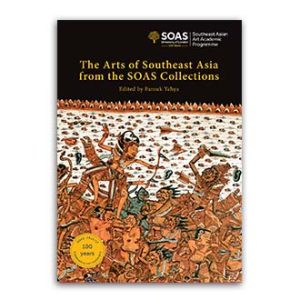In January 1901, the Dutch Sanskritist Jean Philippe Vogel (1871–1958) entered the Archaeological Survey of India to direct the activities for the Panjab, Baluchistan and Ajmir Circle—later amalgamated into the Panjab and United Provinces Circle. An interesting period, as the survey stood on the threshold of renewal. Jean Philippe Vogel proved, by personality and scholarship, the right man to assist in realizing the gradual professionalization of Indian archaeology.
This book highlights Vogel’s contribution to early 20th-century archaeology, including an introductory retrospect study on 19th-century Indian archaeology. It provides extensive photographic documentation, prints dating from 1870 to 1920, presented in their art and photo-historical context. It discusses Vogel’s visionary ideas in the field of preservation and restoration, research and care for museum collections. Vogel’s diaries and letters are valuable resources that allow for an interesting conclusion on social relations within the so-called “archaeological family”, picturing the Dutch citizen Vogel moving around in India’s colonial society, discussing his thoughts on both “Englishmen” and “natives”. With special references to Vogel’s explorations and excavations in Gandhara, The Punjab Hill States (Chamba), Kasia (Kusinagara), Saheth-Maheth (Sravasti) and Mathura; it also includes a chronology on Vogel’s archaeological activities.
Table of Contents
About the Author
Gerda Theuns-de Boer studied at Utrecht University, Department of Indian and Iranian Languages and Cultures, specializing in art and archaeology of South and Southeast Asia. Since 1999 she has focused on art and archaeology photography. She is the manager of the photo collection of the Department of Languages and Cultures of India and her articles have been published in several books and journals.






